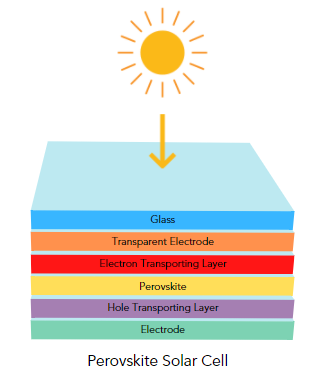Understanding Hybrid Solar Inverters
In today’s world, people are increasingly looking for ways to save on energy costs and reduce their carbon footprint. Solar energy is a fantastic solution, and hybrid solar inverters play a crucial role in making solar power systems more efficient and reliable. But what exactly is a hybrid solar inverter? Let’s break it down in simple terms.
What is a Hybrid Solar Inverter?
A hybrid solar inverter is a device that converts the direct current (DC) electricity generated by solar panels into alternating current (AC) electricity, which can be used by most household appliances. But it doesn’t stop there! Unlike traditional inverters, a hybrid inverter also has the capability to manage different power sources, including solar panels, batteries, and the electricity grid.
How Does It Work?
- Solar Panels Generate Power: Solar panels capture sunlight and convert it into DC electricity.
- Inverter Converts DC to AC: The hybrid inverter converts this DC electricity into AC electricity for use in your home.
- Manages Power Sources: The inverter intelligently manages power from the solar panels, batteries, and the grid to ensure a steady and reliable energy supply.
- Stores Excess Power: Any excess electricity generated by the solar panels can be stored in batteries for later use, such as during the night or on cloudy days.
Key Benefits of Hybrid Solar Inverters
- Energy Independence: By using solar power and storing excess energy in batteries, you can reduce your dependence on the electricity grid. This means you’re less affected by power outages and rising energy costs.
- Cost Savings: Over time, generating your own electricity can significantly lower your energy bills.
- Environmental Impact: Solar energy is clean and renewable. By using solar power, you’re helping to reduce greenhouse gas emissions and combat climate change.
- Efficiency: Hybrid inverters ensure that you make the most out of the energy generated by your solar panels. They manage power distribution efficiently, maximizing your energy use and minimizing waste.
- Flexibility: These inverters can be used in various setups, including on-grid (connected to the electricity grid), off-grid (completely independent of the grid), and hybrid systems (a combination of both).
Things to Consider
- Initial Cost: While the long-term savings are significant, the upfront cost of installing a hybrid solar inverter and batteries can be high.
- Battery Life: The lifespan of batteries can vary. It’s essential to choose high-quality batteries and maintain them properly to ensure longevity.
- System Size: Your energy needs will determine the size of your solar panel system and battery storage. It’s important to assess your household’s energy consumption to design an efficient system.
Conclusion
Hybrid solar inverters are a smart investment for those looking to harness solar energy efficiently. They offer the best of both worlds by combining the benefits of solar power and battery storage, providing a reliable, cost-effective, and environmentally friendly energy solution. As technology continues to advance, hybrid solar inverters are becoming more accessible and affordable, making now a great time to consider making the switch to solar power.




Leave a Reply